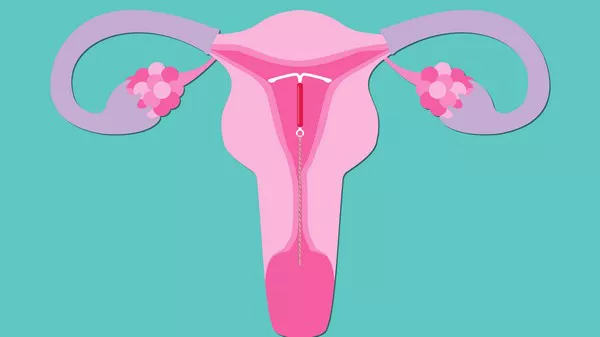The Centers for Disease Control and Prevention (CDC) has updated its guidelines to address pain management during intrauterine device (IUD) insertion, responding to widespread concerns and reports of significant discomfort experienced by women. Recent social media discussions and studies have highlighted that many women find the procedure intensely painful, often more so than healthcare providers estimate.
A 2014 study in Contraception revealed that women reported average pain levels of 64.8 on a 100-mm scale, whereas providers estimated pain at just 35.3 mm. In response, the CDC’s latest U.S. Selected Practice Recommendations for Contraceptive Use, 2024, emphasize the need for thorough pre-procedure counseling and a variety of pain management options.
Dr. Maria Knöbel, Medical Director of Medical Cert UK, noted that the new guidelines represent a significant shift, urging doctors to inform patients about potential pain and available management strategies before IUD insertion. This includes discussing the procedure, expected sensations, and duration of discomfort to reduce anxiety and set realistic expectations.
The CDC now recommends offering patients various pain relief options, such as local anesthetics, oral pain relievers, or anxiety-reducing medications. Dr. Knöbel highlighted that tailored pain management approaches, like topical anesthetics or pre-procedure pain medications, can improve patient comfort and overall experience.
Dr. John Lowe of Restore Care emphasized that these revised guidelines stress the importance of informed consent and accommodating individual patient needs to enhance satisfaction with contraceptive care. Effective pain management and clear communication can make IUDs a more acceptable option for many women.
For those concerned about pain during or after an IUD insertion, Dr. Knöbel advises open communication with healthcare providers to discuss pain management options and expectations. Over-the-counter pain relievers and heating pads can help manage post-procedure discomfort, but persistent or severe pain should prompt further consultation with a doctor.
The CDC’s updated recommendations aim to improve patient care by ensuring that women are well-informed and supported throughout the IUD insertion process.

